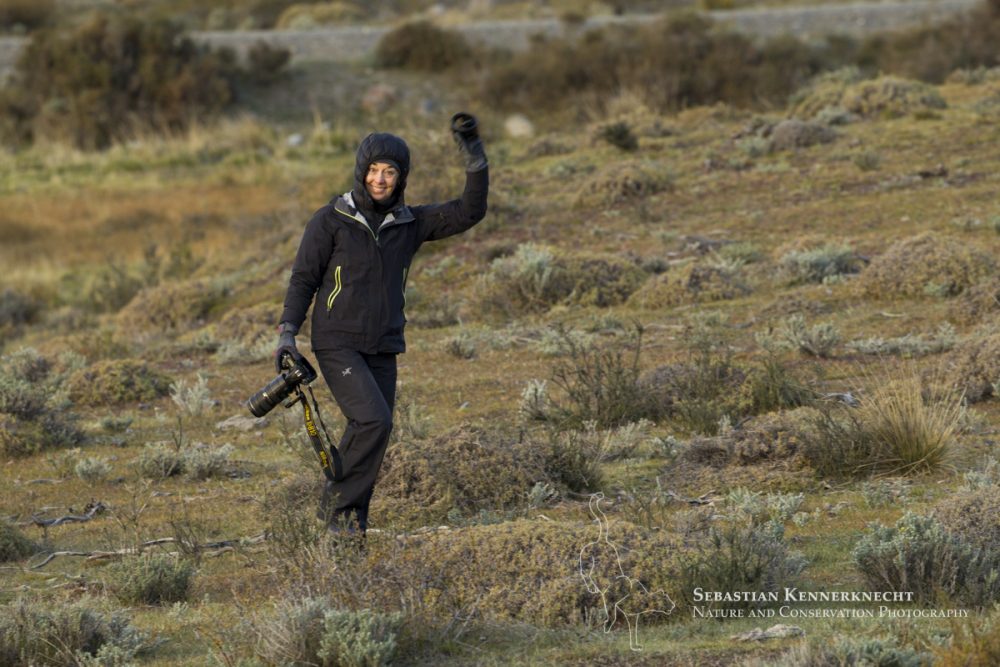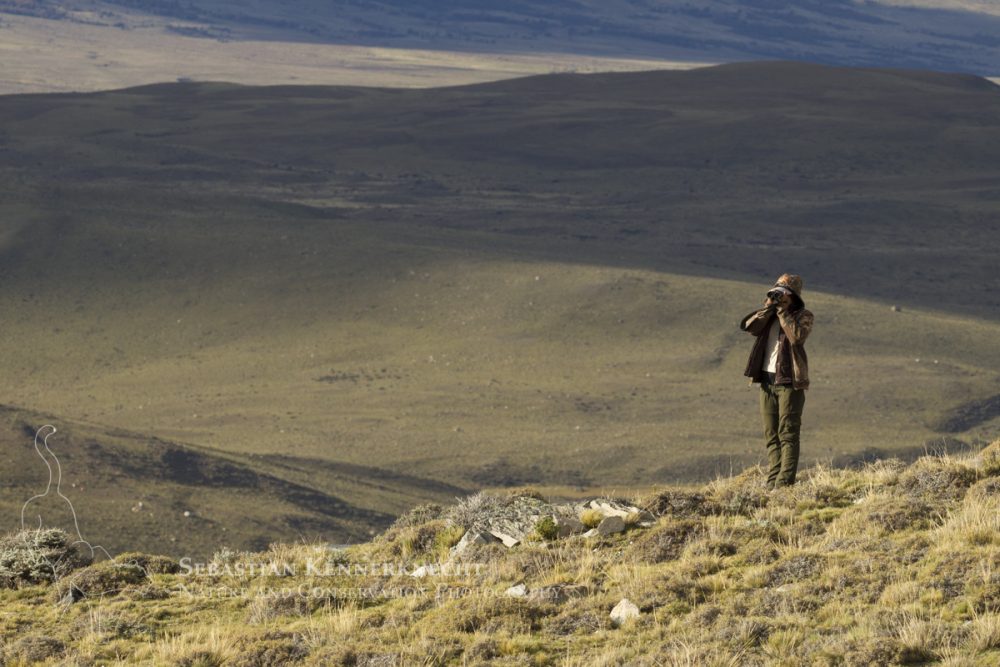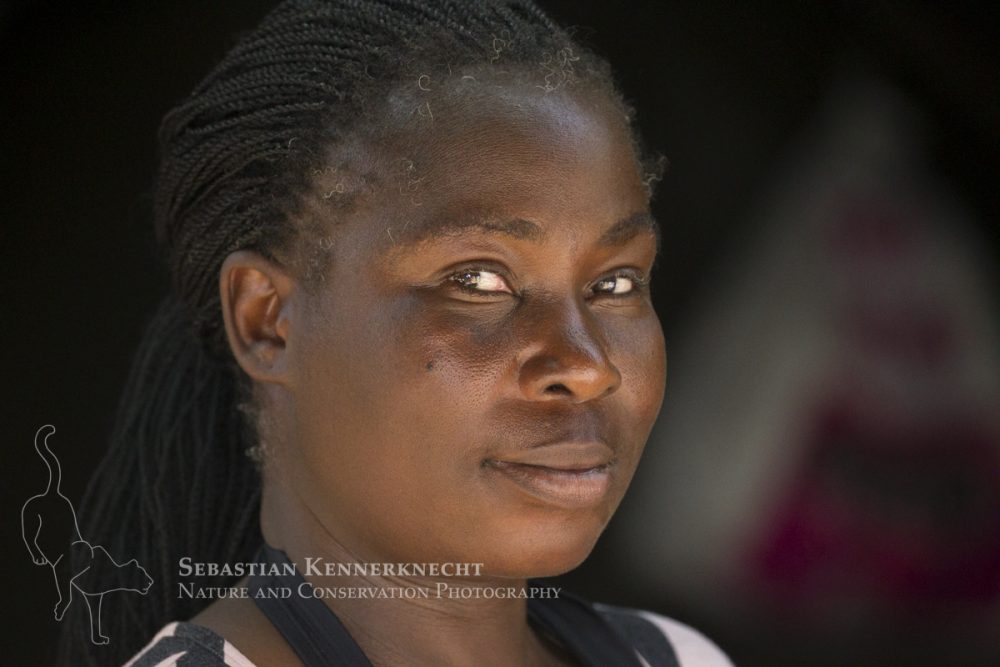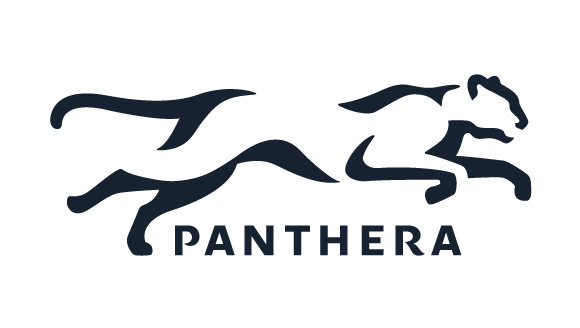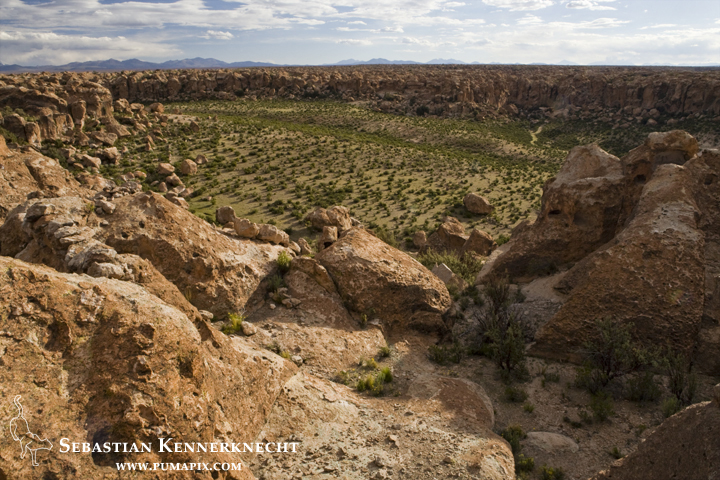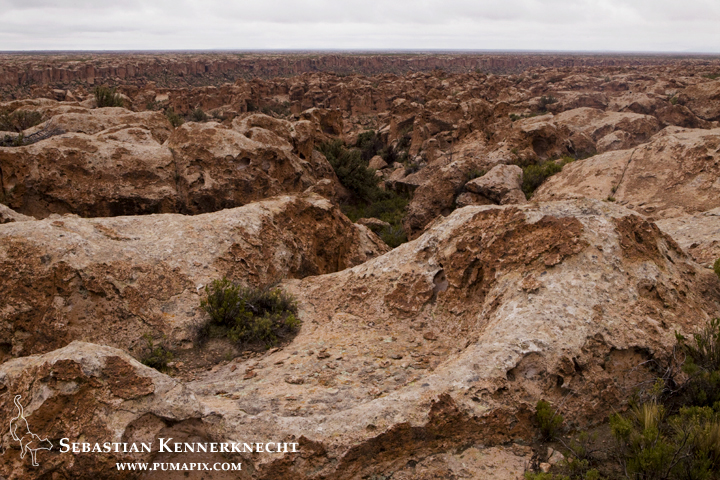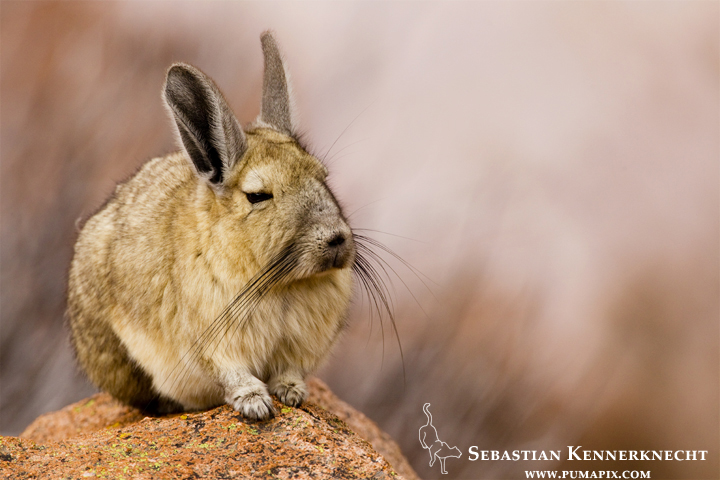Following in the tradition of the past, I would like to take this time to thank the people and organizations which made 2017 an amazing photographic year!
People
The first shoot of 2017 was to photograph some of the conservation activities of the San Francisco Bay Bird Observatory. In the east bay, their attention is focused on helping Western Snowy Plovers increase their chances of higher chick survival.
Thank you Karine Tokatlian and Ben Pearl for meeting me at the crack of dawn, for your positive spirits, and for doing the great conservation work you have committed your lives to.
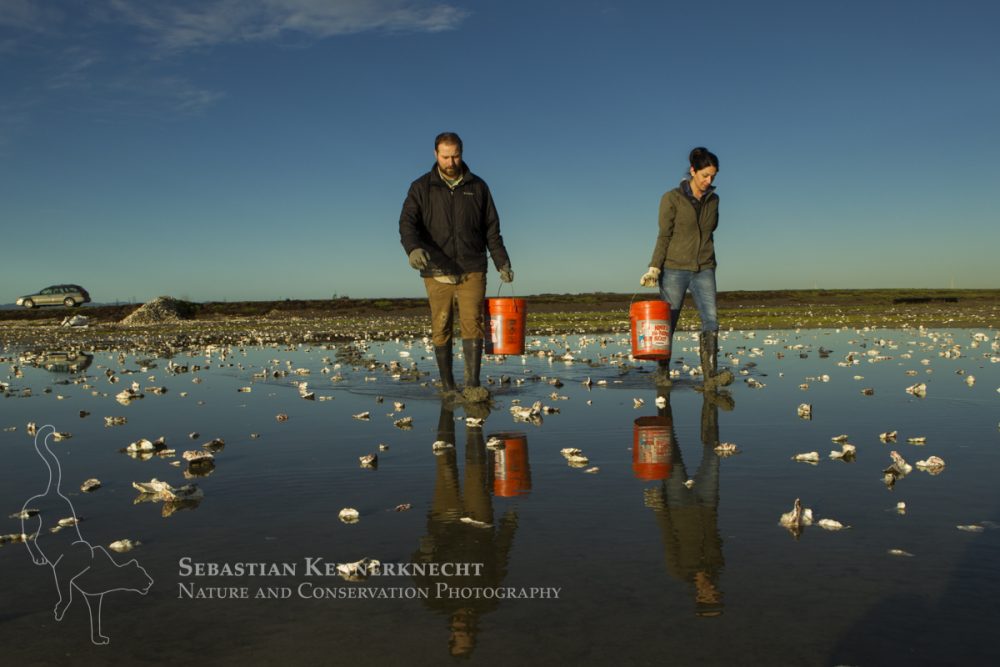
Snowy Plover (Charadrius nivosus) biologists, Ben Pearl and Karine Tokatlian, spreading oystershells in salt pond, which snowy plovers can use for camouflage, Eden Landing Ecological Reserve, Union City, Bay Area, California
Next came my annual trip to South America for the Cat in Thin Air project. I was met in Argentina by now very good friends and Andean Mountain Cat biologists, Juan Reppucci and Cintia Tellaeche. This year, bird biologist Alejandro Schaaf joined us in the Andes as well. I can’t thank all of you enough for your extreme generosity. You volunteered your time, your strength, your willpower, your persistence, and your constant english speaking. Thank you. And thank you for your friendship, it means the world to me. Finally, Juani, that Ibera trip was such a blast.

Andean Mountain Cat (Leopardus jacobita) biologists, Cintia Tellaeche and Juan Reppucci, with Alejandro Schaaf and myself, Abra Granada, Andes, northwestern Argentina
From Argentina, the journey continued on to Chile, where I partook in a puma photography workshop with the ever funny Roy Toft. The other participants included Sharell and Robert Katibah. Saying that we had a good time would be a major understatement. I want to say thank you to Roy for your generosity in allowing me to participate in the workshop as you did. Thank you for always being the comedian that you are and for never taking things to seriously. It was an experience I will never ever forget, and hope to do again sooner than later. Thank you my friend.
Thank you Rel and Rob for your constant positivity, for the great conversations, for being troopers in the field, and for your friendship. I already look forward to seeing you again, which will hopefully be sooner than later!
Thank you Dania Valery Goic Mac-Leod for your extreme hospitality, your care, and your amazing food. What your family is doing for puma conservation is truly remarkable!
Javiera Vargas, Junior Mendes (sadly not pictured), and Marcos Felix, without your knowledge and keen eyes, I would have never seen a puma. You are all remarkable!
Back home, I started to work on an urban coyote project near Boston. During that time, fellow Urban Coyote Initiative member, Ivan Kuraev, became a good friend. Thank you Ivan for all the fun conversations, for enduring, for your enthusiasm, and for all your help.
In late summer, I had the privilege of an assignment in Kafue National Park, Zambia, one of Panthera’s cheetah and lion conservation sites. I spent a month there and have lots of people to thank for that trip. Can’t wait to see all of you again this summer!!!
Thank you Kim Young-Overton for your infectious smile, positive attitude, mindfulness, work ethic, and friendship. The way you wrangle two playful boys while achieving amazing conservation work was incredible to watch. And also, thank you for your kindness!

Cheetah (Acinonyx jubatus) biologist, Kim Young-Overton, placing camera trap on tree, Kafue National Park, Zambia
Thank you Jake Overton, for constantly being willing to answer all my questions, for helping with the camera traps, and for being such a willing model. And the same goes for you Evans Nsende!

African Leopard (Panthera pardus) biologists, Jake Overton and Evans Nsende, collecing scat, Kafue National Park, Zambia
Xia Stevens, there are almost too many thank yous I owe you. Thank you for putting up with me for a month, for the amazing conversations, for your great attitude (I think your mom has something to do with that!), for driving me everywhere, for always being willing to go after the shot, for your dedicated conservation work, and for your genuine friendship. For being so nice and generous, you get to put up with me again in the summer.

Cheetah (Acinonyx jubatus) biologist, Xia Stevens, checking camera trap, Kafue National Park, Zambia
Thank you Christopher Muduwa and Timbo Frackson for your constant smiles, your incredible knowledge, your keen eyes, and your ability to ignore the camera. Watching you track was a pleasure to watch!

African Lion (Panthera leo) trackers, Christopher Muduwa and Timbo Frackson, looking at female lion tracks during transect, with biologists, Xia Stevens and Evans Nsende, looking for herbivores, Kafue National Park, Zambia
Your meals were incredible Gladys Shabula. I recently tried to make the beats you cooked up one day and failed miserably. The corn pancakes more than lived up to their reputation and how you made sushi in the African bush still baffles me.
Thanks for always looking out for camp and in turn us Samuel!
Thank you David Findlay for the boat ride, for all the conversations, and for being so invested in conservation!
Thank you to everyone at ZCP, including Caz Sanguinetti, Milan Vinks, veterinarian, Kambwiri Banda, and biologist, Jonah Gula, for allowing me to photograph both the cheetah and lion collaring. Both are experiences I will never forget!

African Lion (Panthera leo) biologists, Caz Sanguinetti, Milan Vinks, veterinarian, Kambwiri Banda, and biologist, Jonah Gula, flipping six year old female lion during collaring, Kafue National Park, Zambia
Miriam Namushi, thank you for your generosity in allowing me to photograph the work of DNPW, for your diplomacy, and for your fight for conservation.

Cheetah (Acinonyx jubatus) biologist, Kim Young-Overton, and DNPW regional director Miriam Namushi, Kafue National Park, Zambia
It only took four years, but the three days I got to spend in the field with you Luke very incredible. Thank you for your unwavering support. For always caring, for the conversations, for your love of wild cats, for your drive for conservation. Watching you gently pet that road-killed genet is a moment that will always stick with me, your love for wildlife, including the individual animal being so evident. It’s a true honor knowing you.
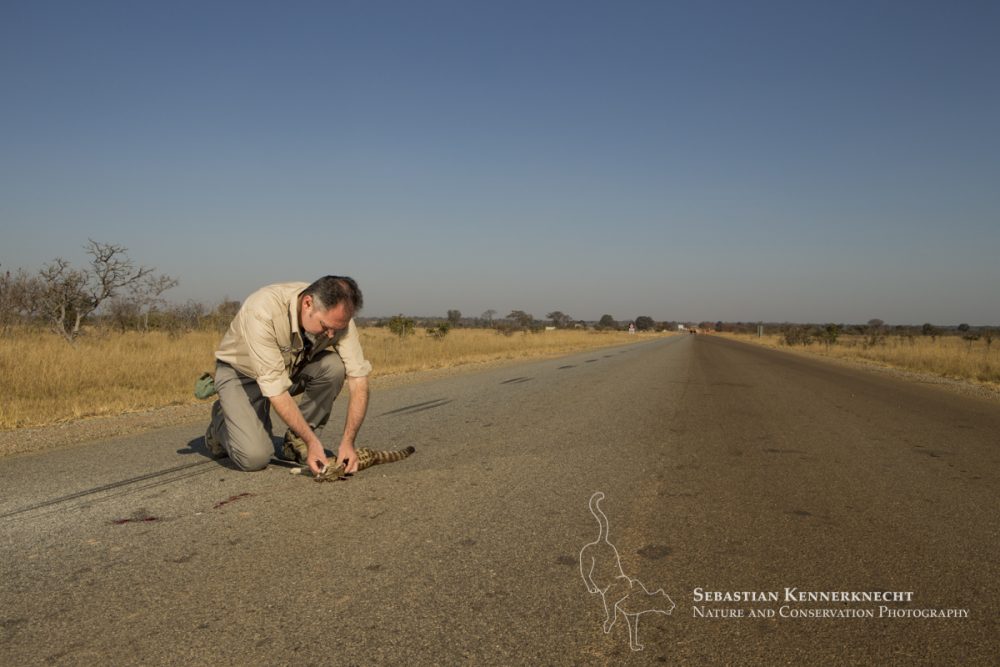
Rusty-spotted Genet (Genetta maculata) male killed on road, examined by biologist, Luke Hunter, Kafue National Park, Zambia
The photographic year closed out with a trip to the Channel Islands in southern California, to photograph the fastest species recovery in history — that of the island fox.
I was honored to join Jaymi Heimbuch and her partner Nick Ferber in this endeavor and I want to thank you both! Thank you for your positive outlook on collaborating, for working so effortlessly together, for holding flashes, yummy meals, and hilarious conversations.
Thank you also to both biologists, Julie King and Rebekah Rudy, for allowing three people to be in your face constantly while you make fox wrangling look easy. And of course for your continued work in keeping the foxes of the red list once more!

Santa Catalina Island Fox (Urocyon littoralis catalinae) biologists, Julie King and Rebekah Rudy, releasing fox after vaccination and health check up, Santa Catalina Island, Channel Islands, California
Organizations
This has been my fifth year working with Panthera and it has only been getting better every year. Panthera is the leading feline conservation group in the world. Their work is incredibly far reaching and impactful. Thank you for your continued work, fight, and push to save wild cats. You are making a difference, I see the changes on the ground. To the general public, please donate to them, if you are in any way interested in cat conservation. 100% of your donation will go directly into the field!
The Andean Cat Alliance is a multinational and interdisciplinary network founded in 1999 by professionals from Argentina, Bolivia, Chile and Peru to develop coordinated actions for the conservation of the Andean cat and its habitat. They aspire to the conservation and long term maintenance of Andean cat populations and its habitat, in harmony with human populations. Having had the honor of getting to work with you, and now being a member of the alliance is something I deeply cherish. Thank you for your continued work on promoting the conservation of one of the world’s least known wild cats!
The San Francisco Bay Bird Observatory (SFBBO) is dedicated to the conservation of birds and their habitats through science and outreach. Founded in 1981, the Bird Observatory has produced over 30 years of scientific information on local bird populations, working with both government agencies and partner organizations. Thank you for allowing me into your world, for your dedication to the birds of the bay area, and for fighting for what you believe in!


